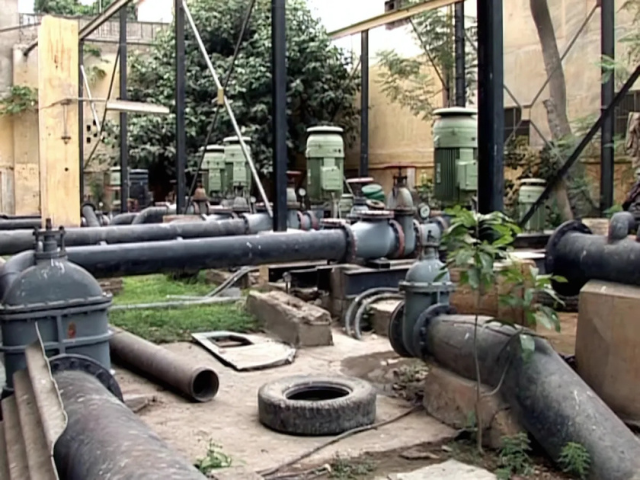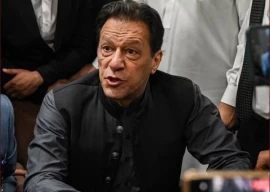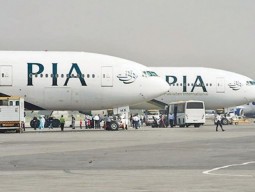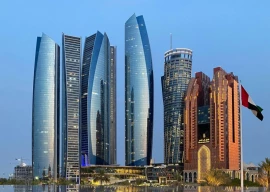
Karachi’s water supply has been severely impacted after a power breakdown caused an explosion at the Dhabeji pumping station, resulting in two major pipelines rupturing.
According to reports, a 72-inch diameter pipeline (No. 5) burst, halting water delivery to several areas of Karachi, Express News reported.
These include Landhi, Korangi, Shah Latif Town, Korangi, Town Ship, Gulshan-e-Iqbal, Gulshan-e-Hadeed, and Malir, among others, which are now facing severe water shortages.
The Power Division has taken note of the incident and instructed K-Electric to take immediate action to restore electricity supply to the pumping station.
A spokesperson from the Power Division stated that water supply to Karachi must be resumed at all costs, emphasising the need for K-Electric to upgrade the water supply system and prevent such incidents in the future.
On the other hand, a K-Electric spokesperson assured that the electricity supply to all major pumping stations, including Dhabeji, was functioning normally.
The brief disruption at the pumping station has already been resolved, and K-Electric’s team is in communication with the Water Board's representatives to ensure smooth operations.
Moreover, delays in the B-Feeder canal's lining work have sparked fears of an impending water crisis in Karachi, while experts warn of additional setbacks to the already delayed K-IV water supply project.
According to Express News, the K-IV project, aimed at enhancing Karachi’s water supply, involves a significant investment of Rs40 billion from both the federal and Sindh governments. The plan is to increase the capacity of the Kalri Baghar feeder, which takes water from Kotri Barrage.
The project is intended to be completed by 2027, covering a stretch of 36 kilometers and 190 outlets. However, work on the feeder was halted for 23 days from December 20 to January 13 by the irrigation department, and progress has been far slower than expected.
During this 23-day period, 45 outlets covering eight kilometers were expected to be completed, but only 25 outlets (five kilometers) were partially finished. This delay is worrying, especially given that the World Bank had set the condition that the feeder's capacity be increased before funding for the K-IV project could be released.
Currently, the B-Feeder canal can discharge 7,600 cusecs of water, but once the project is complete, its capacity is expected to increase to 9,800 cusecs.
Following another World Bank requirement, the irrigation department has been directed to complete the project by 2026, ahead of the original 2027 deadline as the project director has requested an additional Rs 14 billion in funding to expedite the work.
In response, Sindh’s Chief Minister has written to the federal government to ensure timely funding, with hopes that the required amount will be allocated within the next 15 days.
However, experts are expressing dissatisfaction with the slow progress and are concerned that the project may not be completed on schedule.
Meanwhile, the appointment of the project director has been challenged in the Sindh High Court, adding to the uncertainties surrounding the project’s timely completion.
1737379103-0/BeFunky-collage-(11)1737379103-0-405x300.webp)


1737375427-0/taylor-(16)1737375427-0-165x106.webp)
1737373924-0/fizza-(59)1737373924-0-165x106.webp)








1734260265-0/Copy-of-Untitled-(12)1734260265-0-270x192.webp)

1737188551-0/Untitled-design-(97)1737188551-0-270x192.webp)

1737185197-0/Express-Tribune-(2)1737185197-0-270x192.webp)









COMMENTS
Comments are moderated and generally will be posted if they are on-topic and not abusive.
For more information, please see our Comments FAQ